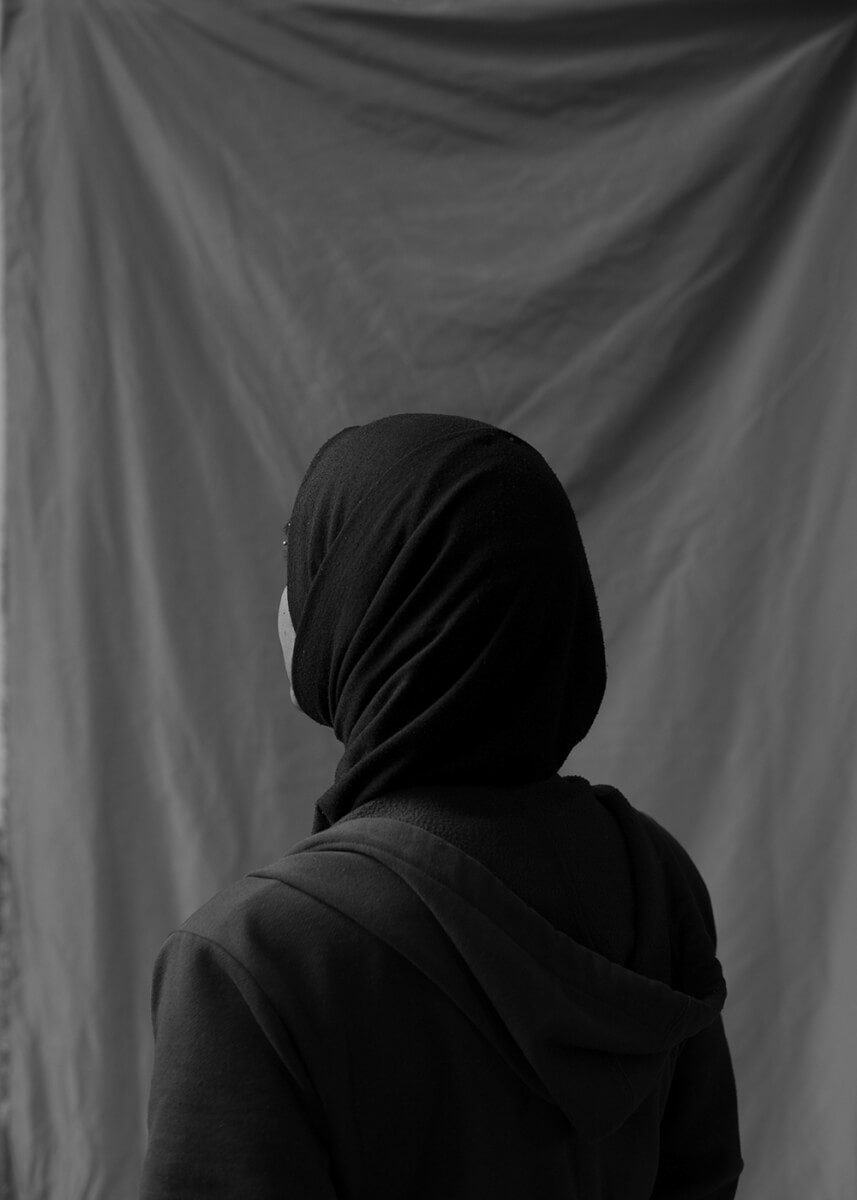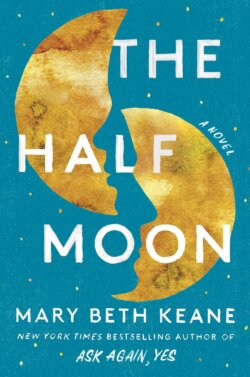As an immigrant from a “rich Arab country,” Lamya H was often asked by acquaintances in the American LGBTQ+ community how she could possibly remain a practicing Muslim, given Islam’s reputation for oppressing women and queer people. Hijab Butch Blues, Lamya’s memoir, is a generous, probing and candid response to that query.
Through its 10 chapters, the memoir generally follows the arc of Lamya’s life, beginning when she was a young girl in an international Islamic school, discovering her attraction to women and sometimes feeling suicidal. She moved to New York City at 17 to attend university, feeling unsure of her sexuality and of America’s gay culture. Now in her mid-30s, she has found love, her people and a life she could not have imagined as a teenager.
What is beautiful and brilliant about Hijab Butch Blues is that in each chapter, Lamya evokes a formative moment in her life through emotional and intellectual dialogue with a story from the Quran. The first chapter, “Maryam,” centers on a narrative that Christians will recognize as a version of the story of the Virgin Mary. As a young teenager, Lamya was transfixed by it because of how a despairing Maryam considers committing suicide, just as Lamya herself had. Thoughtful and questing, Lamya continued reading and found in Maryam’s story a way forward. The year she discovered this story, she writes, is “the year I choose not to die. The year I choose to live.”
Lamya H reflects on what was gained and what was lost by writing her debut memoir under a pseudonym.
In a chapter on Allah, Lamya recounts her questions about the nature of God, which she began asking as a 6-year-old. Is God a woman? A man? A pious religious teacher told her that Allah is not a man or a woman. This was a mystery and a revelation, and it helped her in later years as her family attempted to mold her in traditionally gendered ways. She learned how important it was “for me to use the pronoun they for God,” she writes, “my God, whom I refuse to define as a man or a woman, my God who transcends gender.”
Chapter by chapter, readers will feel a growing appreciation for Lamya’s intelligence, eloquence and courage. Along the way, we learn vivid details about her life and outlook—that, for example, she was a diligent, bright student with a disruptive sense of humor; that her parents immigrated to an Arab nation from a South Asian country for better opportunities and, as a result, that she and her brother experienced bias because of their brown skin; that she was immediately uncomfortable in New York’s gay bar scene and struggled to feel “authentically gay”; that she is ambivalent about America; that she loves her parents and feels OK not coming out to them.
Lamya H is a pseudonym, and her reasons for using one make sense. But even without using her real name, in Hijab Butch Blues she is observant, passionate and anything but voiceless.


































































